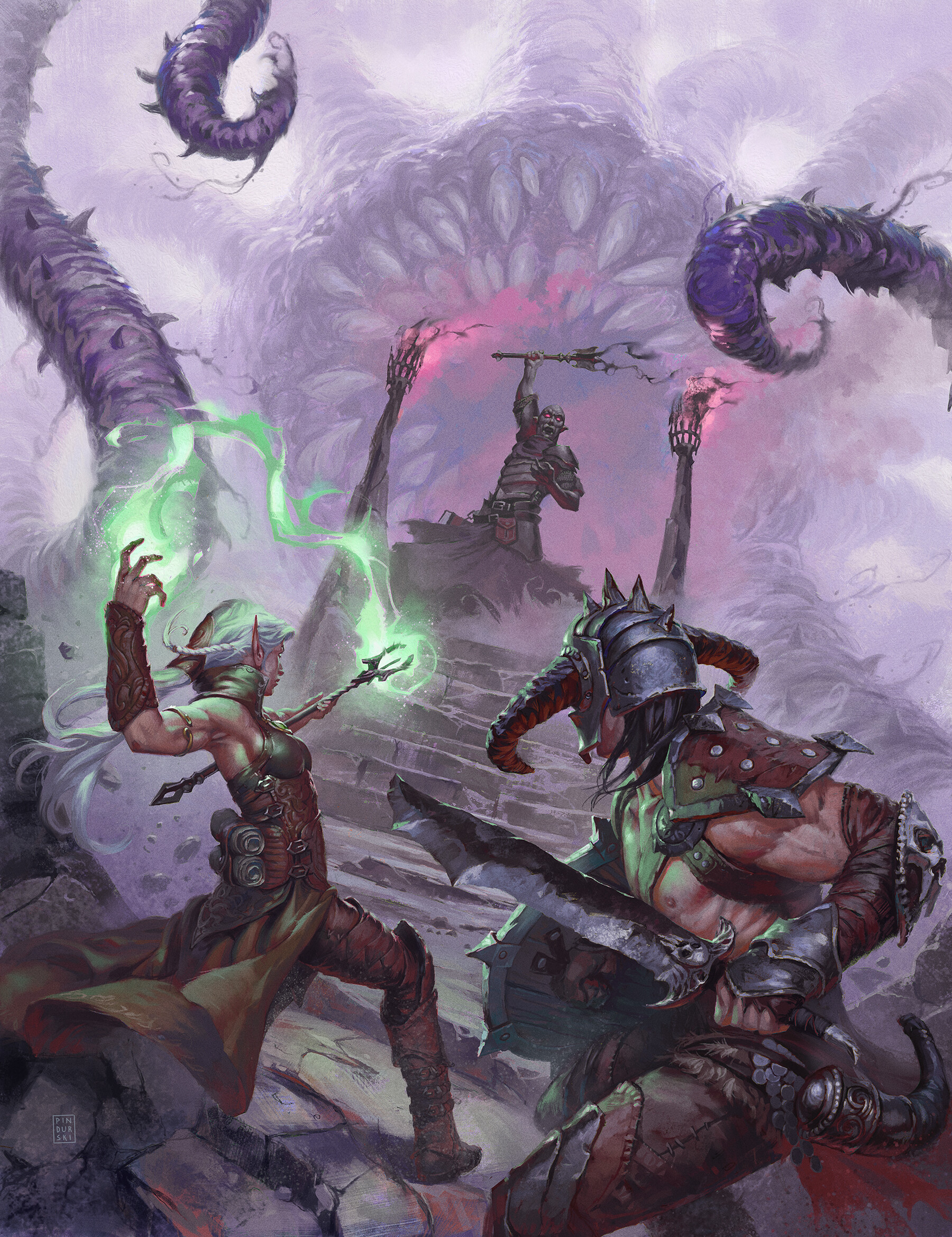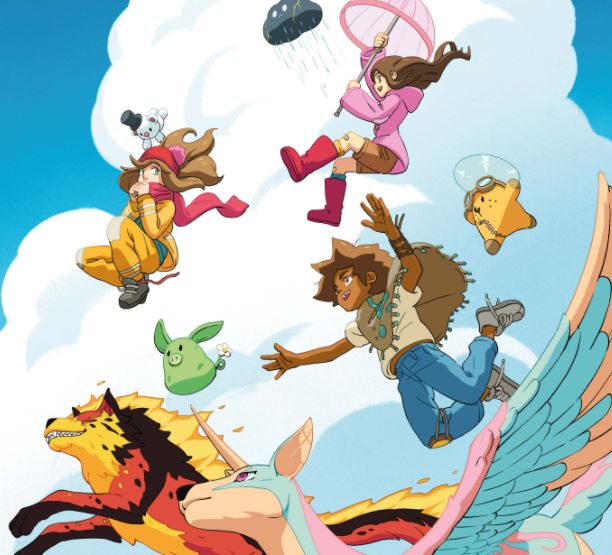“It’s a TRAP!”… In Dungeons and Dragons 5e
 “The party steps inside the cavern as their rogue gives the “all clear”. Suddenly they realize that the shadows on the edge of the room begin to move and out of the darkness they hear the sounds of blades being drawn! The party’s rogue steps forward and says, “Sorry guys. I’m just in it for the gold!” Outnumbered they are taken prisoner!”
“The party steps inside the cavern as their rogue gives the “all clear”. Suddenly they realize that the shadows on the edge of the room begin to move and out of the darkness they hear the sounds of blades being drawn! The party’s rogue steps forward and says, “Sorry guys. I’m just in it for the gold!” Outnumbered they are taken prisoner!”
“It’s a TRAP!” The oldest line in the book, and in my opinion one of the best ways to add drama to a story. Today I want to cover a few ways to catch your players off guard and force them to use their wits and skill to solve their conundrum instead of their brute force or magic items.
How Do You Capture Your Players?
First, I want to take a look at the subject of good old fashion “Betrayal”. Betrayal is the one thing that rubs adventures raw and can make for some very impressive role-play at times. Having NPCs or even other party members lead them into a trap where they ultimately become captives is a great way to bring drama and intensity to the table in my opinion. These things must be carefully put into place during the course of play so as not to alert the wise and cunning adventures. A good way to get this trope going is to introduce an NPC early on in the party’s career and make them help or assist the party in a few important plot points. Make the NPC seem trustworthy and safe. That’s when you pull the literal rug o9ver their eyes and have that NPC lead them into a trap that will get them captured. Remember that the  party must in the end find a way out which must be provided by you at some point.
party must in the end find a way out which must be provided by you at some point.
There is also the literal trap that is set via circumstance that leads the party to being captured by who know what. By this I mean traps made by to lead the players into a trap based on clues or quest rewards. These tropes are the easiest to set as far as from a role-play perspective goes. All you need to do is for example, send the party to stop a band of thieves or have a reward posted that offers a magic item a party may want that leads them to their capture. These kinds of traps can also be harder to pull of simply because of party preparation and their overall skill in these situations which most adventures are used to to.
Taking players out of their “Comfort Zone” is a great way to capture at least a few of them which can also be fun at the game table. Using an event such as for example a masquerade ball or a wedding where at least one party member disappears and the others find clues to find their friend and save them is a good way to add some fun and raise a few eyebrows at the gaming table as well. These sorts of changes from the typical dungeon crawl are a good way to breathe some life into a dull game table also. If your players are up to the challenge then it should be fun for everyone. You can also use these events to stage an even greater or climatic and/or public event. That could change the way the characters act entirely.
The last way to catch a character by the skin of their teeth as it were, is to simply use traps as well…traps! By this I mean using traps that were designed to catch and immobilize characters but not kill them. Also using monster abilities can be good as well such as giant spider webs or kobold traps or both. These kinds of things make a party really get up in arms and think on their feet. They are by far the most typical and exciting form of character capture devise and used quite frequently. If you just need to spice up a dungeon or add some flair to an old basement, this is the way for sure.
 On a side-note… Remember that magic users are a bit harder to handle when attempting to capture as their spells can make for an easy escape. So, you may want to take precautions such as Silence spells or knockout poison on such characters. Also, Rogues can be a bit tricky as well so keep those Hold Person spells handy if you really need to execute your plan for the story’s sake. You want to have the players feel helpless and betrayed but not kill them or make the players quit the game entirely.
On a side-note… Remember that magic users are a bit harder to handle when attempting to capture as their spells can make for an easy escape. So, you may want to take precautions such as Silence spells or knockout poison on such characters. Also, Rogues can be a bit tricky as well so keep those Hold Person spells handy if you really need to execute your plan for the story’s sake. You want to have the players feel helpless and betrayed but not kill them or make the players quit the game entirely.
If you can, try and add a bit of consequences to the escape, but not deadly ones to the players. Make them have to make choices that can have lasting effects on the party. It might be as simple as leaving a magic item behind or letting a valued NPC die. The choices should be clear but the impact should always be felt.
In closing, I’ll say capturing player characters can be rewarding and can have a pretty good impact on a party. However it will also wise them up as to the dangers presented in a dangerous place that may not even seem dangerous. Making players tense and feeling helpless is quite a joy for us Dungeon Masters but you always have to remember the story is about the characters, you just run everything else. Good DMs will always bring parties to the brink of cracking before they let them make their big escape from immanent doom! All of this can make for a great adventure or even just a side-quest. All in all it will most certainly give your players an emotional roller-coaster ride of fun!
So until next time… STAY NERDY!













No Comments